This is one of Lucille’s illustrations! Any guesses on what it is? 😉
What does a medical illustrator do all day? Draw viruses and skin diseases? And, like, HOW? From photos? From real life???
Medical illustration is one of the few creative fields that still requires actual drawing – not just graphic design or photos with filters. Today Lucille is telling us about drawing simulated results for plastic surgeons and how she deals with drawing bladder infections.
Tell us a bit about yourself!
Hi, I’m Lucille Solomon!. I’m from Switzerland, I’m 27 years old, and I work as a Medical and Scientific Illustrator and Graphic designer. When I’m not working I like to go horseback riding, go to metal concerts, spend time with my pets, and draw and paint cute animals.
How did you get interested in medical and scientific illustration?
I always loved to draw. Even as a child, it was my favorite way of spending my free time.
Initially, I did a four-year business degree as a Desktop publisher. Although I liked working with computers in a creative way, I missed the actual drawing and painting.
I took an elective drawing course and it was there that my drawing teacher noticed I could do really details, realistic drawings. He suggested I apply at the Zurich University of the Arts. I’d never considered that; I didn’t know there was a market for realistic illustration anymore!
My teacher recommended the BA in Scientific Visualization. As I researched the program more, I was thrilled and I knew it was the right thing for me. I like the visual aesthetics of traditional medical illustrations and I find human anatomy really fascinating.
Are you self-employed or are you employed by a publishing company?
I work part-time self-employed as an illustrator and part-time employed. Among other things, I’m employed as a product designer and illustrator for a plastic surgeon.
I illustrate different simulated surgical results. The patient then is able to choose their desired outcome. I then go ahead and create custom implants. These are a perfect fit for the patient’s individual body. With this method, extremely natural results can be achieved.
Often we also create these types of implants for breast cancer survivors, who want a natural looking reconstruction due to a mastectomy. I found this particular job vacancy through my university.
Could you walk us through the process of completing one illustration?
After the client provides me with all the information, images, and details, I’ll do my own creative research and gather reference material.
First, I create pencil sketches and color swatches. Then the client will review them with their medical expert to assure medical accuracy. Sometimes there aren’t any reference images for me to use, in that case, I go on and create a 3d-model, which I can move around, test out different textures and play with the lighting. I’ll use the rendering as a reference image.
Then, I’ll create the illustration with the full-color palette and based on the client’s feedback, I’ll refine and finish the illustration. After that, the illustration is finalized and delivered to the client in the desired digital file formats.
The time it takes to complete an illustration really depends on its complexity. This can range from half a day to two or even three days.
What tools do you use in to create your illustrations?
For sketches, I like to use normal mechanical pencils, rarely watercolor, Gouache and Acrylics.
For everything else, I use my
Wacom Cintique Companion. This device allows me to draw directly on a screen, also when I’m traveling. I love it, the pressure sensitivity is really fantastic.
For software, I work with the Adobe programs and depending on the project also with
Corel Painter. For the 3D animations and renderings, I use the program
Cinema 4D.
When I work for the plastic surgeon, I use a free-hand 3D pen. This allows me to precisely draw and sculpt in the three-dimensional space. This device generates mechanical forces that simulate a tactile interaction with the virtual objects.
Why do your clients choose to use illustrations rather than photos?
Sometimes it isn’t possible to take a photo, which is conclusive and understandable for the target audience.
For example, a surgeon wants to explain the details of an upcoming surgery to a patient. If he used a photograph of this particular surgery, it wouldn’t be very understandable for the patient, maybe it would even be a scary sight.
An illustration, on the other hand, can hide, highlight or color code certain parts of a scene and thus make it easy to understand and pleasing to look at.
Just like any creative field, I’m sure you’re always working on improving your craft. What does that look like for you?
I buy and read a lot of books, some to get inspiration and some to learn more about the craft and also the business-side of things. If I need to know something specific, especially regarding Software issues, I like to watch a few Youtube Tutorials. Apart from that, I also enjoy taking online courses on
Udemy or
Skillshare.
How much does the average medical illustrator earn?
Honestly, there aren’t many job opportunities as a staff medical illustrator. The jobs that exist are usually taken long-term, sometimes until retirement.
Most of the medical illustrators I know work, like me, part-time employed and part-time self-employed. So the income is diversified and not so easy to predict. But depending on age and experience a 100% monthly salary in Switzerland should start between CHF 6,000 – 7,000 ($6,123 – 7,144 USD)
What advice would you give to someone who’s interested in becoming a medical illustrator?
If you’re interested in studying scientific illustration, I recommend you practice drawing and sketching a lot!
In my opinion, everyone can learn to draw well but you must be willing to invest time into practice. It should be a pleasure to have the opportunity to draw and create every day. It also helps to have a natural interest for science and empathy towards the target audiences – students and patients.
Thanks so much for sharing your story, Lucille! Do you guys have any questions for her?
P.S. Other interesting creative jobs: I’m a prop stylist, I’m a costume designer, I’m a tour manager.
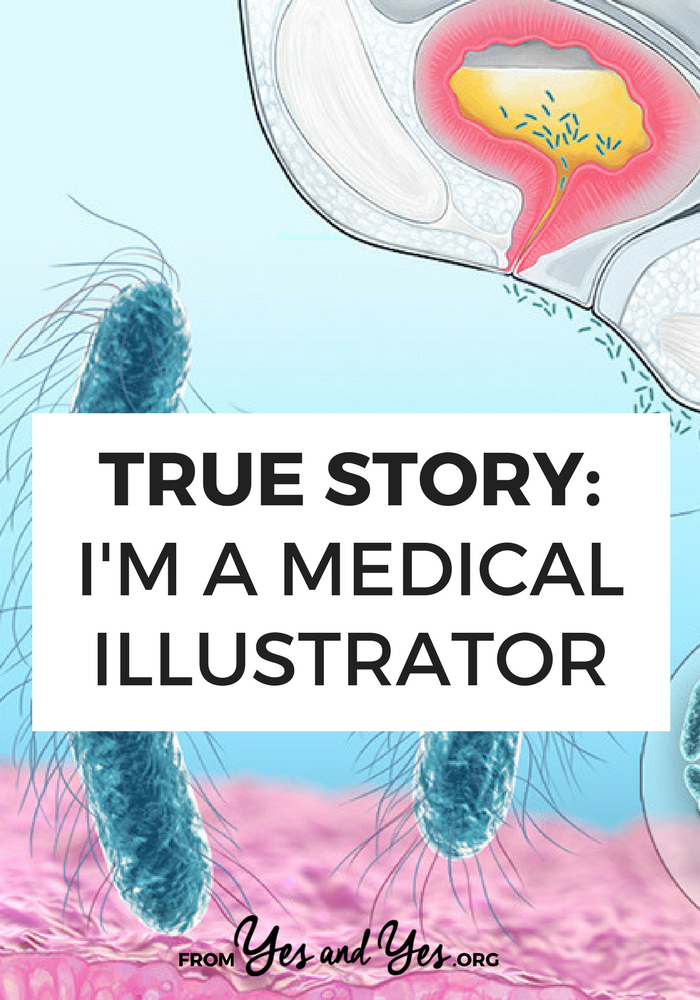
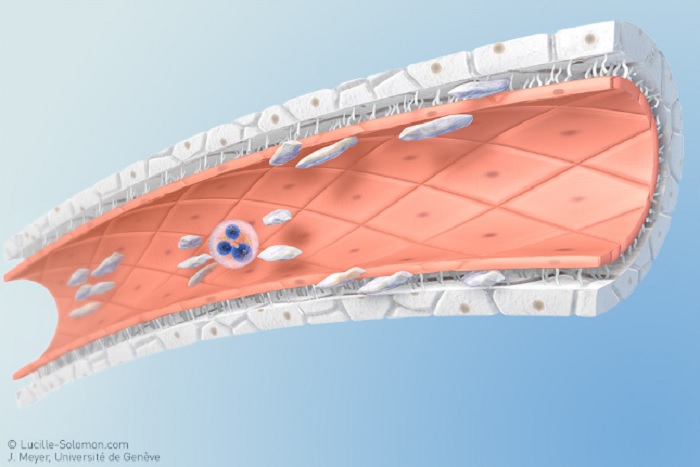

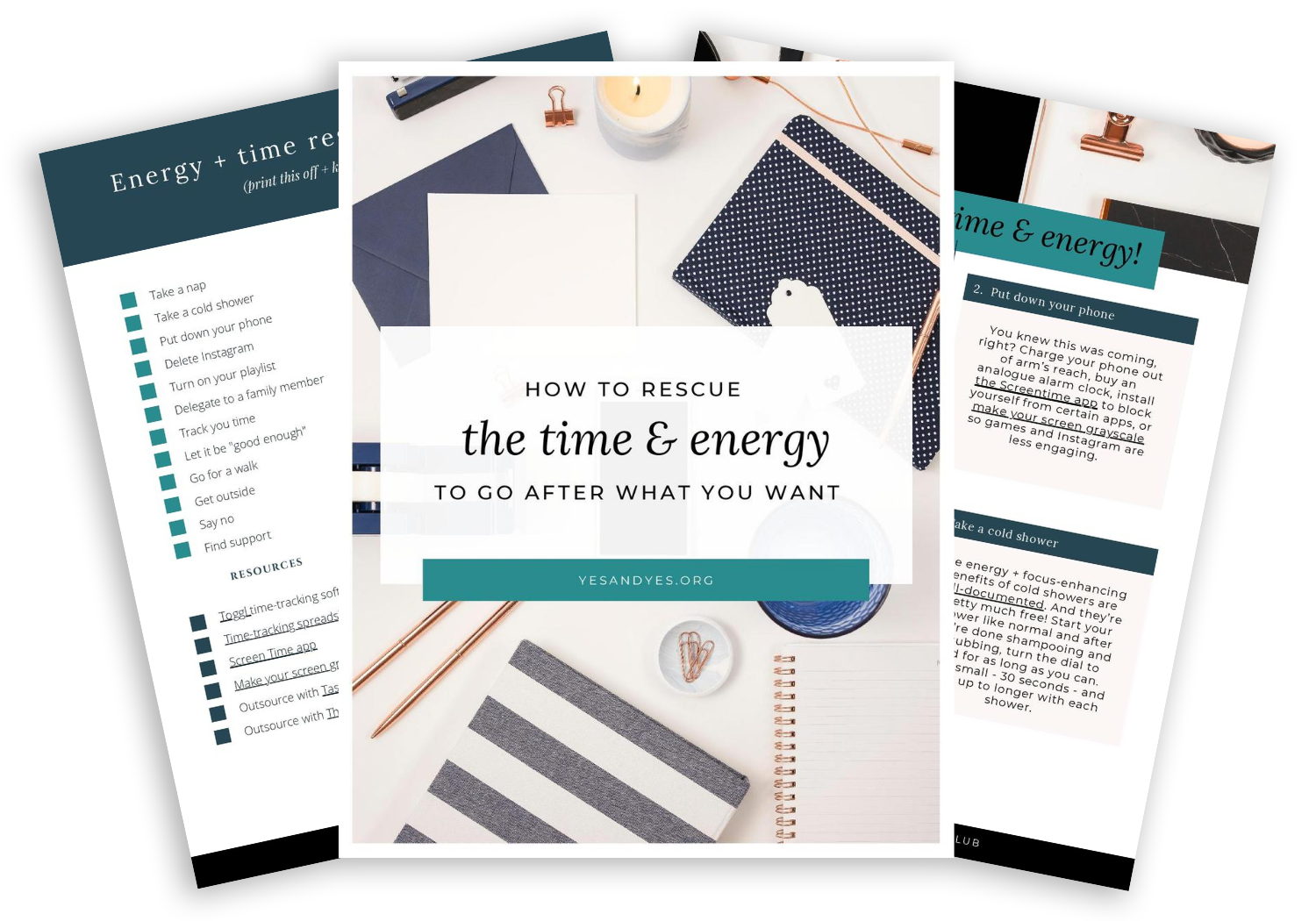

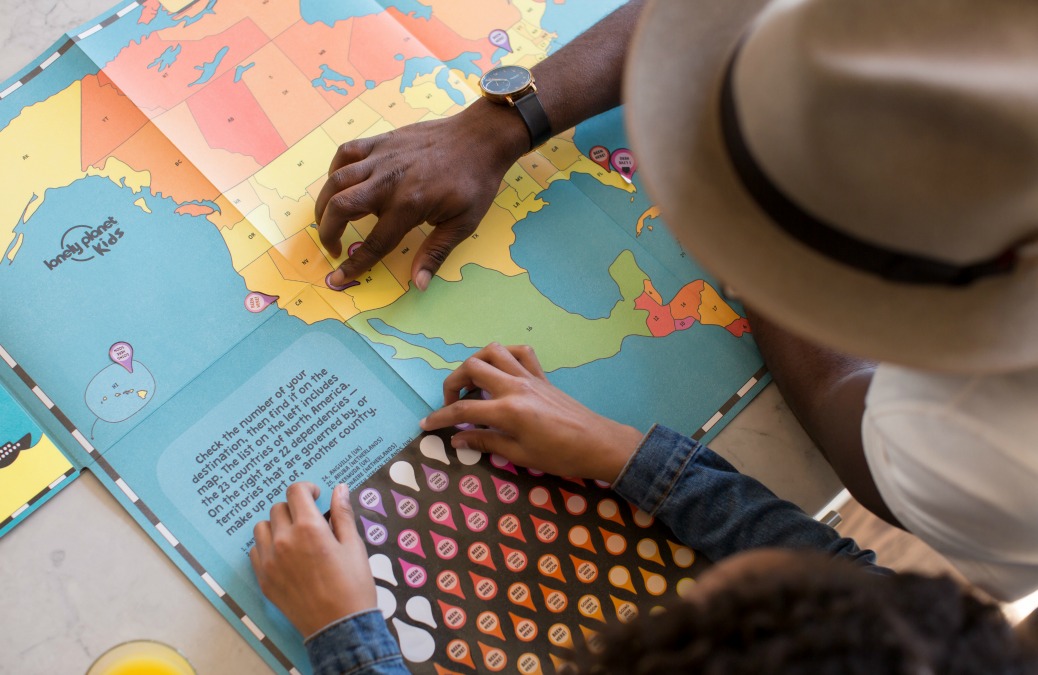
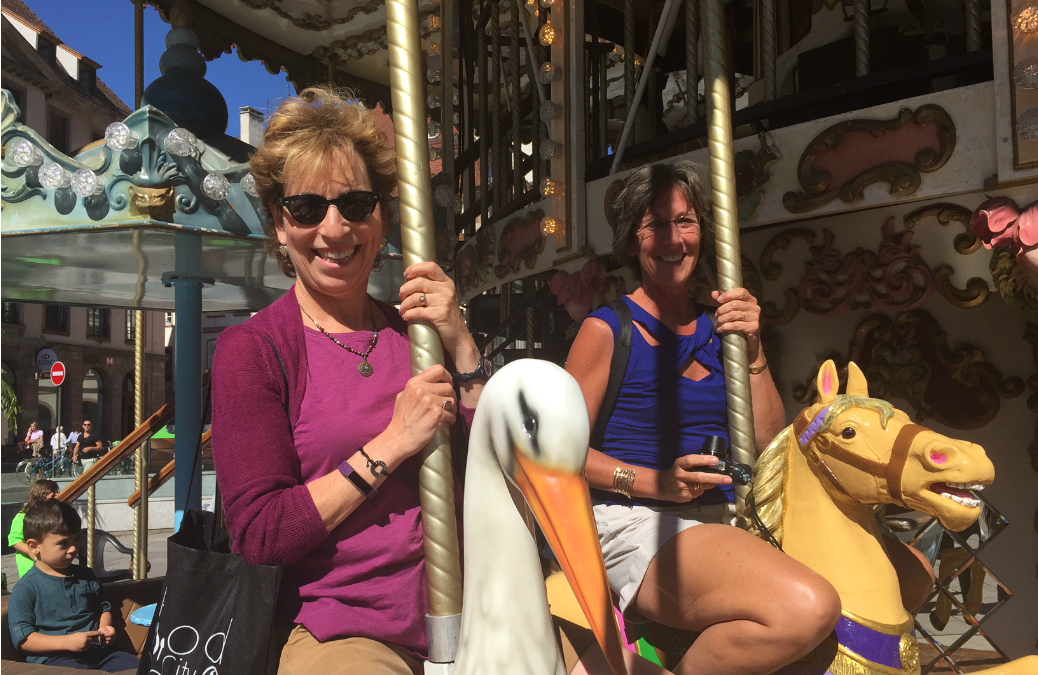
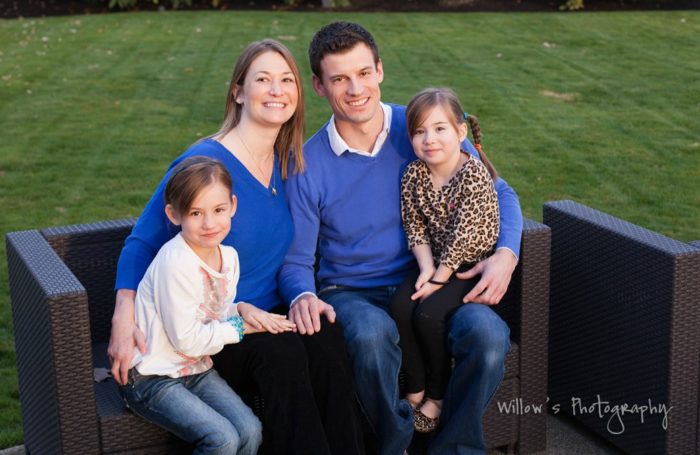
Y’know, I’ve never actually thought about the illustrations behind all of my high school textbooks. Someone has got to be doing it. What a special, unique job that we rely on so much but never stop to think about!
Charmaine Ng | Architecture & Lifestyle Blog
http://charmainenyw.com
What a great interview. As a career-changer taking classes to apply to nursing school, I rely on scientific illustrations in my textbooks to make sense of complex processes. But I never really thought of anyone actually drawing them! Talk about skill.
Oh fun! I’m sure it’ll be so gratifying for Lucy to read your comment, Lizzie!
That’s great to hear 🙂 thank’s a lot for this comment!
What a cool job! It involves not only science but also creativity. And I like the idea of having a clear objective. I didn’t know there were school programs like Scientific Visualization. Also, I was curious about what software you would use, if any – and there it is! Cheers always, though, for the mighty pencil. Thanks for sharing this story.
Thank you, Melanie 🙂
Hey Lucille,
This inspired me so much! I’m currently in school for physiotherapy and before I went to art school. I love both of it but constantly feel split in two, with the lack of time. Can you tell me more about the different ways to become a medical illustrator?
Thanks for sharing, Hannah